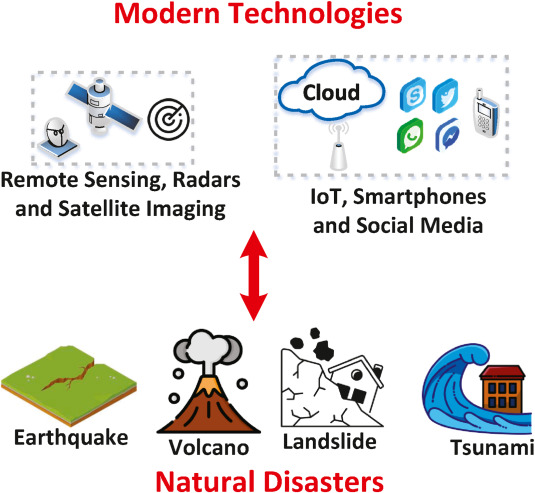What are the different subsystems involved in making a Satellite? and are the term satellite and rocket same, justify?
Advancements in satellite technology significantly enhance global climate monitoring and disaster response by providing detailed, timely, and accurate data. Here’s how: Enhanced Climate Monitoring: High-Resolution Imaging: Modern satellites offer high-resolution images of the Earth’s surface,Read more
 Advancements in satellite technology significantly enhance global climate monitoring and disaster response by providing detailed, timely, and accurate data. Here’s how:
Advancements in satellite technology significantly enhance global climate monitoring and disaster response by providing detailed, timely, and accurate data. Here’s how:
- Enhanced Climate Monitoring:
- High-Resolution Imaging: Modern satellites offer high-resolution images of the Earth’s surface, enabling precise monitoring of environmental changes such as deforestation, urbanization, and ice melt.
- Advanced Sensors: Equipped with advanced sensors, satellites can measure critical climate variables such as sea surface temperatures, atmospheric composition, and greenhouse gas concentrations. This data helps in understanding climate patterns and predicting future changes.
- Long-Term Data Collection: Satellites provide consistent and long-term data, essential for tracking gradual climate changes and assessing the impact of global warming over time.
- Improved Disaster Response:
- Real-Time Data: Satellites offer real-time monitoring of natural disasters like hurricanes, earthquakes, floods, and wildfires. This enables rapid assessment of the situation and immediate response planning.
- Early Warning Systems: Satellite data is crucial for early warning systems that predict disasters such as tsunamis, volcanic eruptions, and severe weather events. Early warnings save lives by allowing for timely evacuations and preparations.
- Damage Assessment: Post-disaster, satellites provide detailed images and data to assess the extent of damage, aiding in efficient resource allocation and recovery efforts.
- Communication Networks: Satellites establish communication networks in disaster-stricken areas where terrestrial infrastructure may be damaged, facilitating coordination among response teams and aiding in rescue operations.
Overall, advancements in satellite technology enhance our ability to monitor climate change accurately and respond to natural disasters swiftly, ultimately improving environmental management and saving lives.

A satellite consists of several critical subsystems that work together to ensure its successful operation in space: 1. **Power Subsystem**: Provides the necessary electrical power through solar panels and batteries. 2. **Communication Subsystem**: Enables communication with ground stations using antRead more
A satellite consists of several critical subsystems that work together to ensure its successful operation in space:
1. **Power Subsystem**: Provides the necessary electrical power through solar panels and batteries.
2. **Communication Subsystem**: Enables communication with ground stations using antennas and transponders.
3. **Telemetry, Tracking, and Command (TT&C) Subsystem**: Monitors the satellite’s health and transmits data back to Earth.
4. **Attitude and Orbit Control Subsystem (AOCS)**: Maintains the satellite’s orientation and corrects its orbit using thrusters and gyroscopes.
5. **Thermal Control Subsystem**: Regulates the satellite’s temperature using insulation, radiators, and heaters.
6. **Payload Subsystem**: The mission-specific equipment, such as cameras, sensors, or transponders, depending on the satellite’s purpose.
7. **Structural Subsystem**: Provides the mechanical support for all components, ensuring structural integrity during launch and operation.
The terms **satellite** and **rocket** are not the same. A satellite is an object placed into orbit around the Earth or another celestial body to perform specific functions like communication, weather monitoring, or scientific observation. A rocket, on the other hand, is a vehicle designed to propel payloads, such as satellites, into space using thrust generated by expelling exhaust gases. Essentially, a rocket is the delivery system that carries satellites into their designated orbits, while the satellite is the payload that operates in space once deployed.
See less